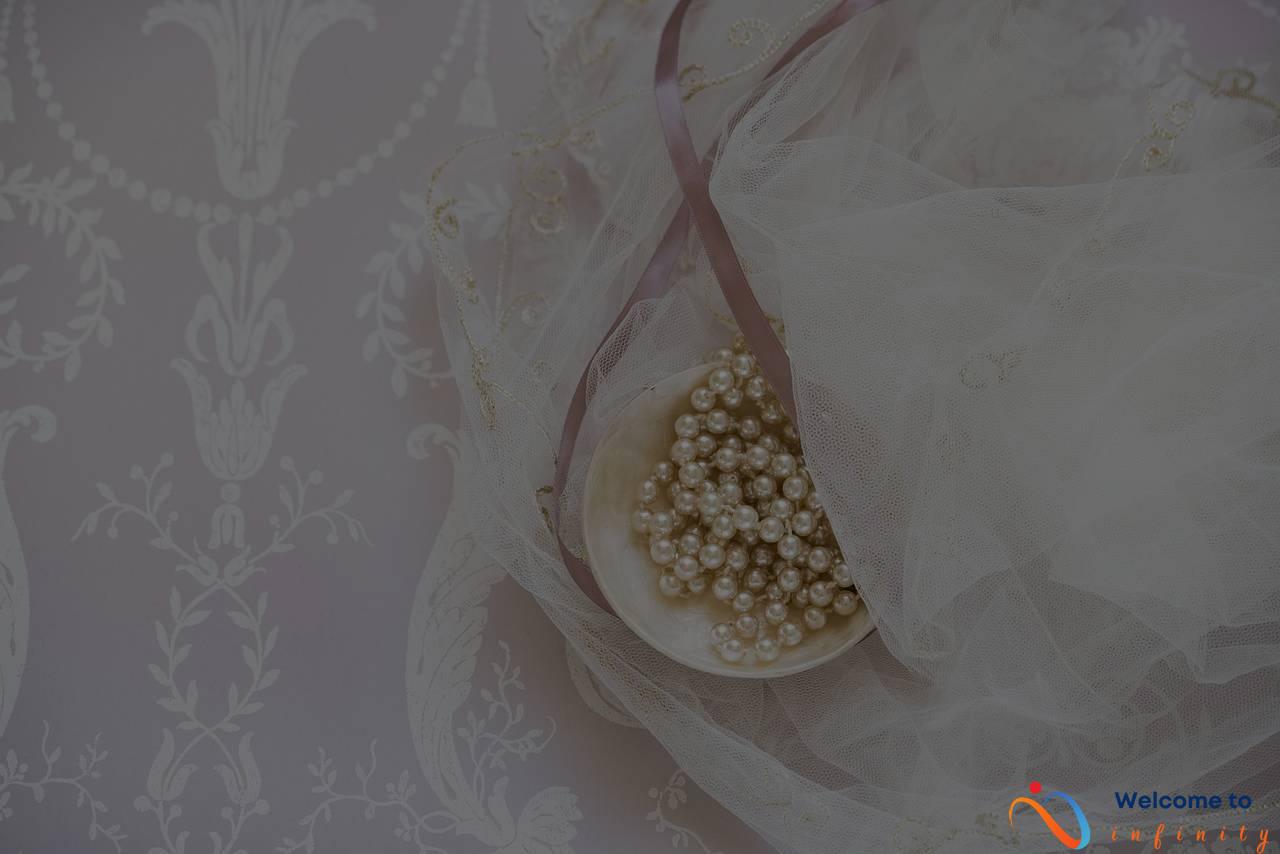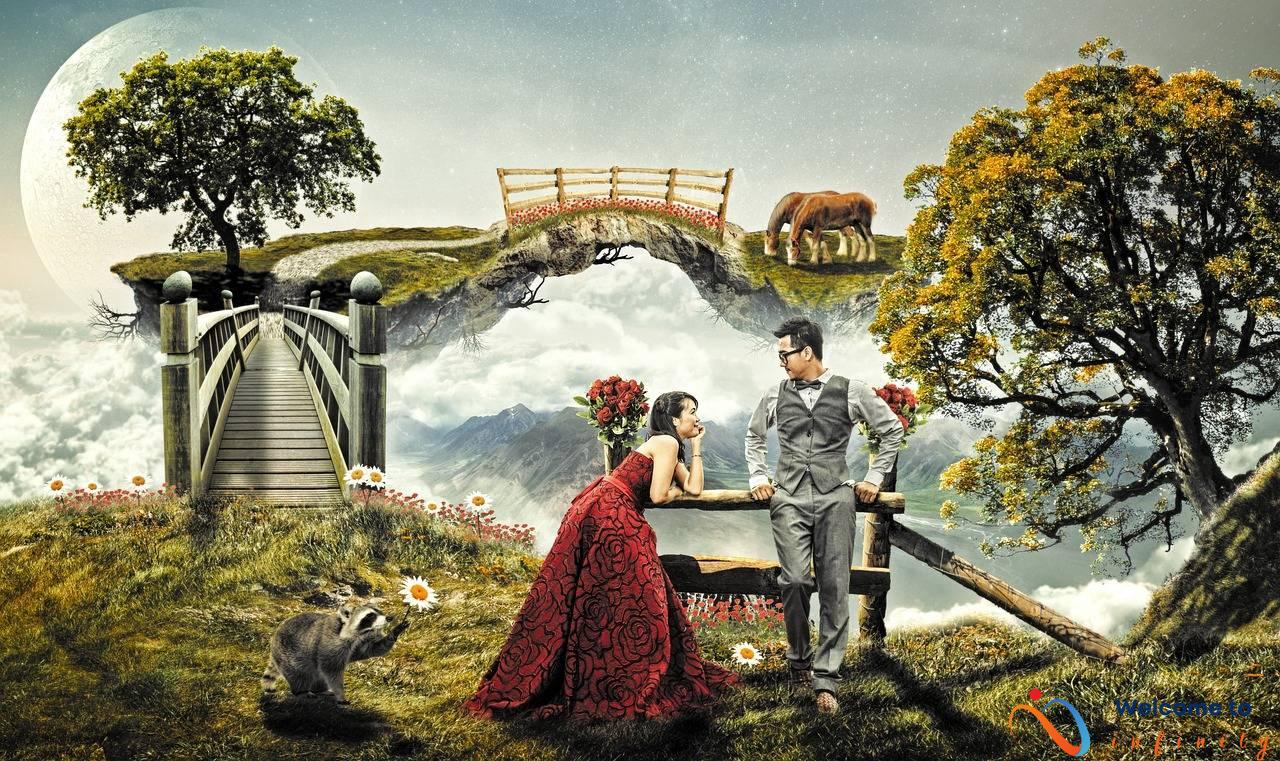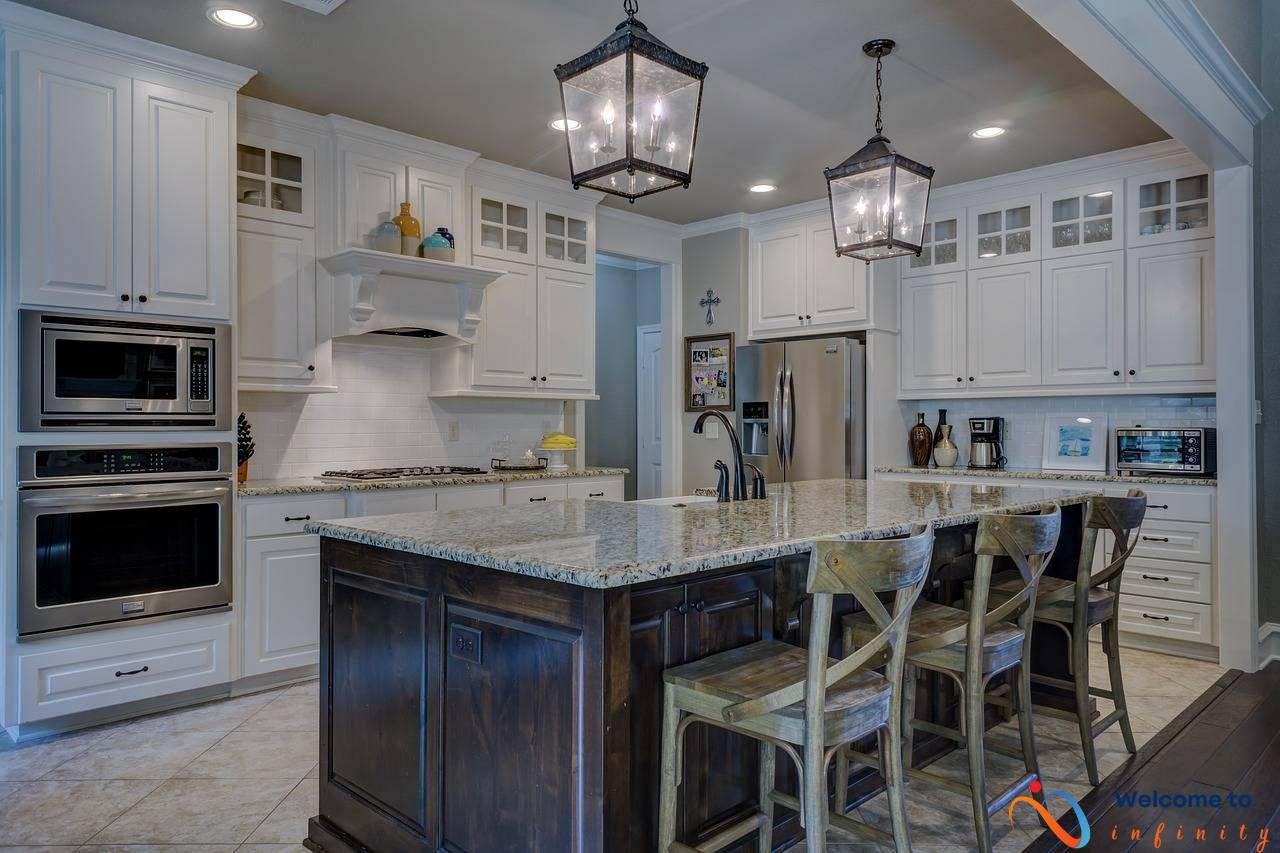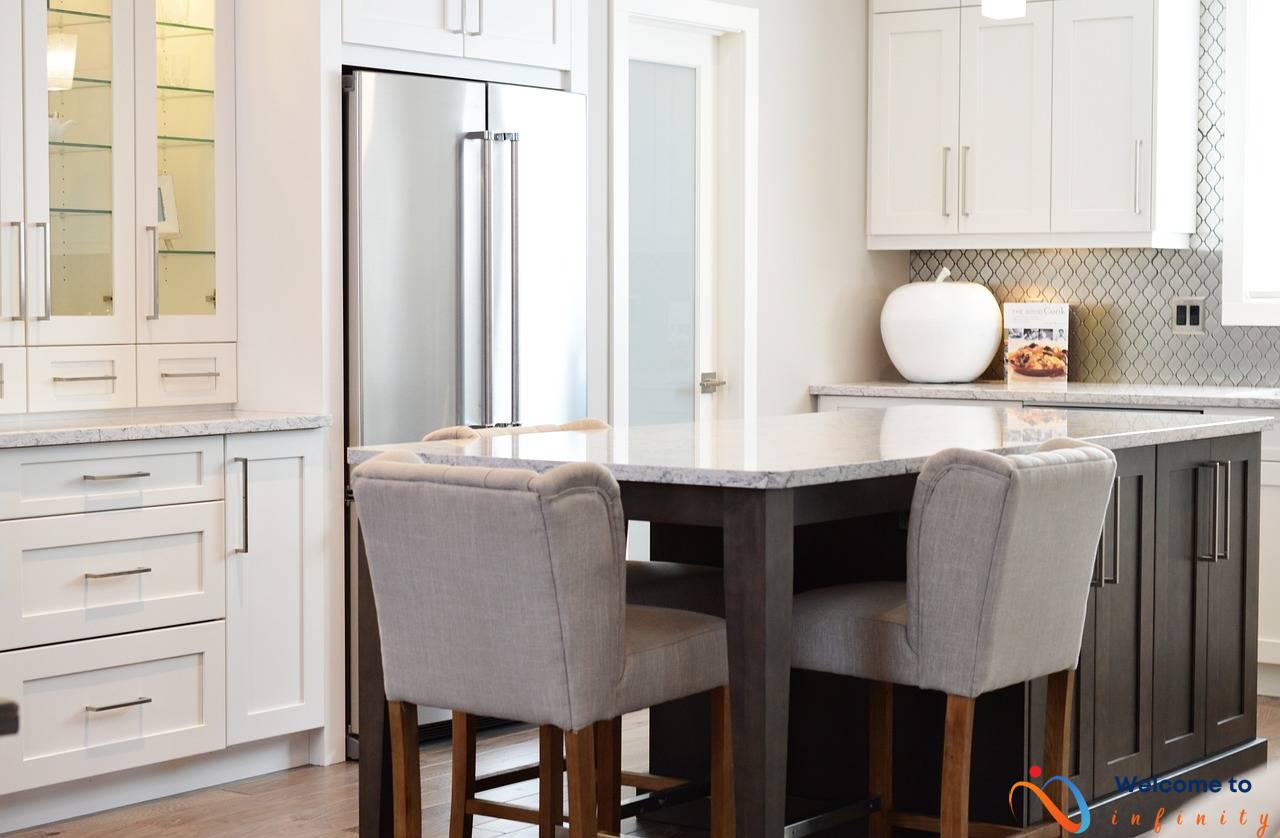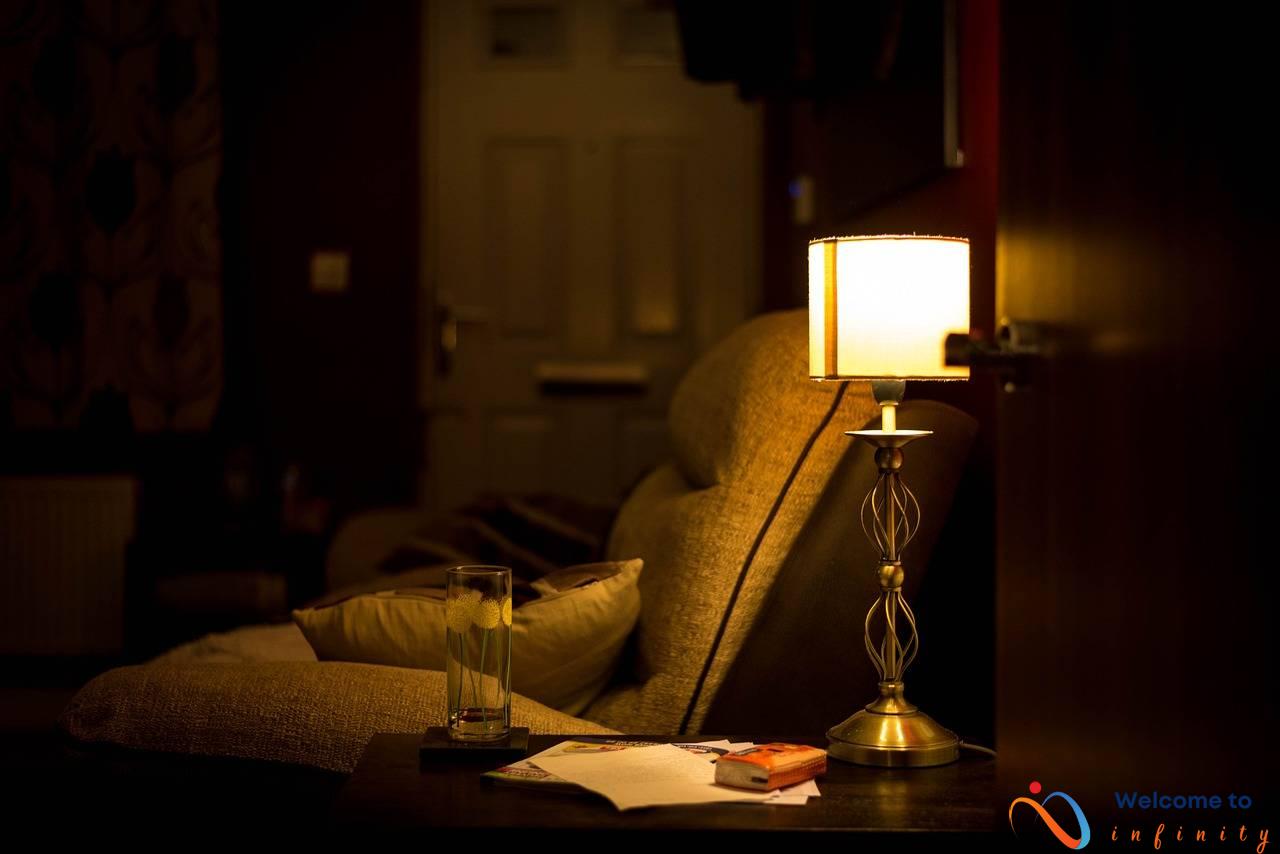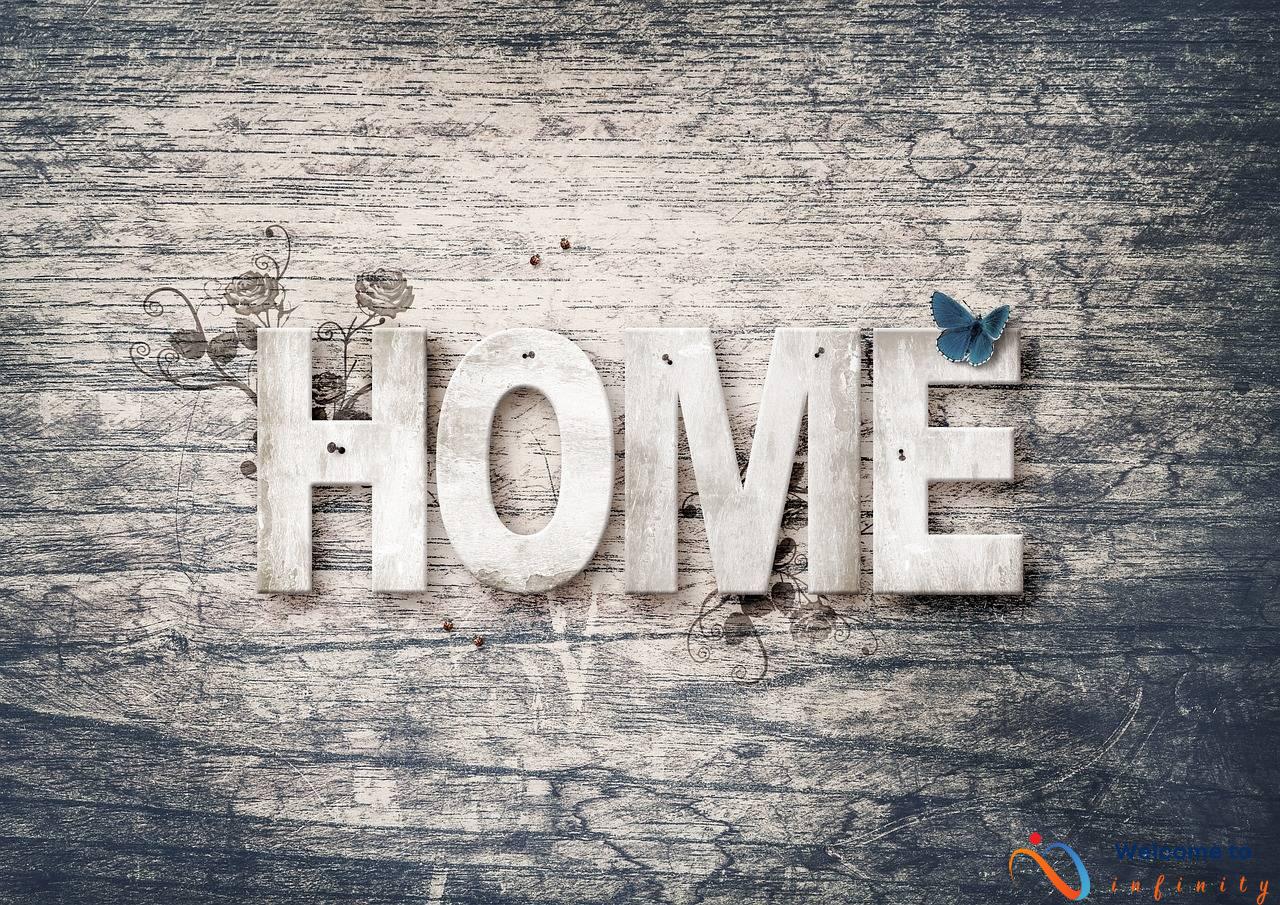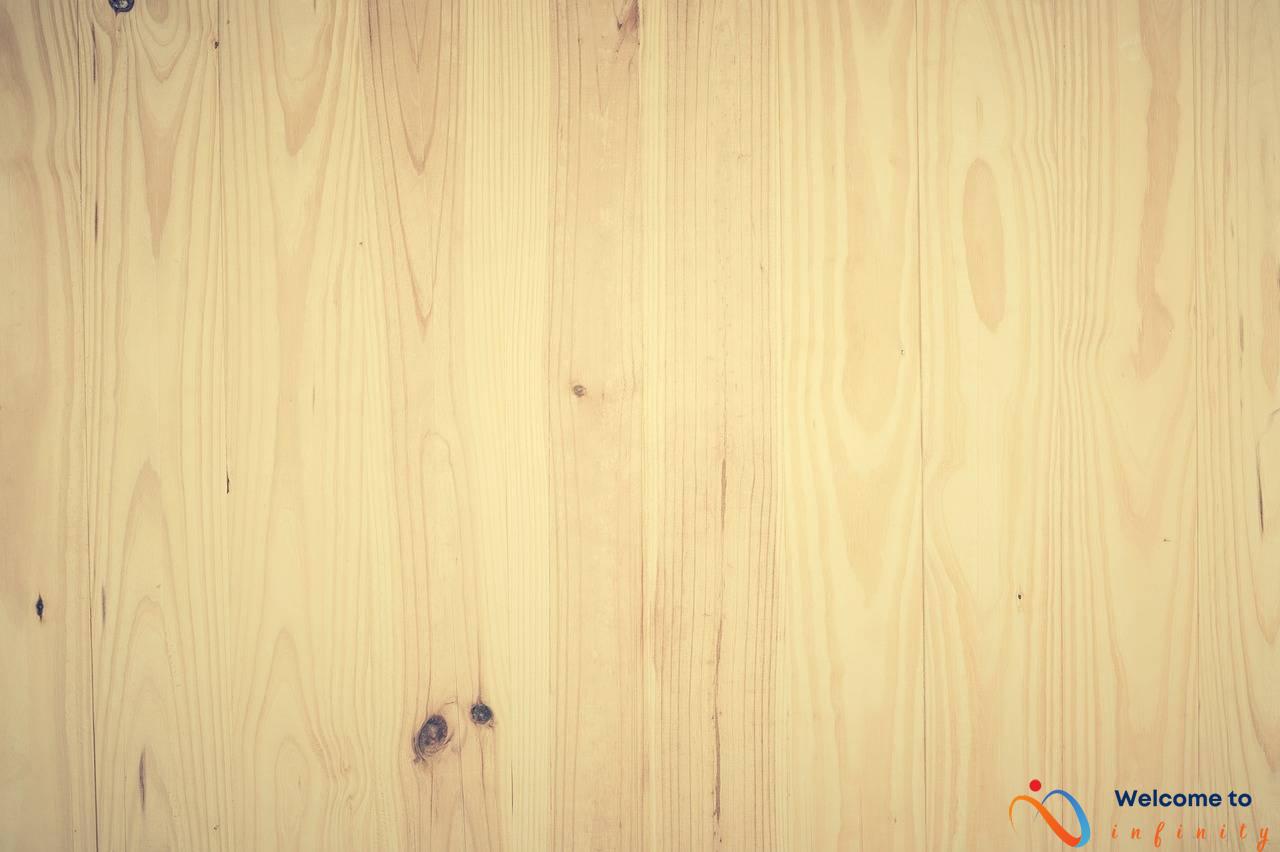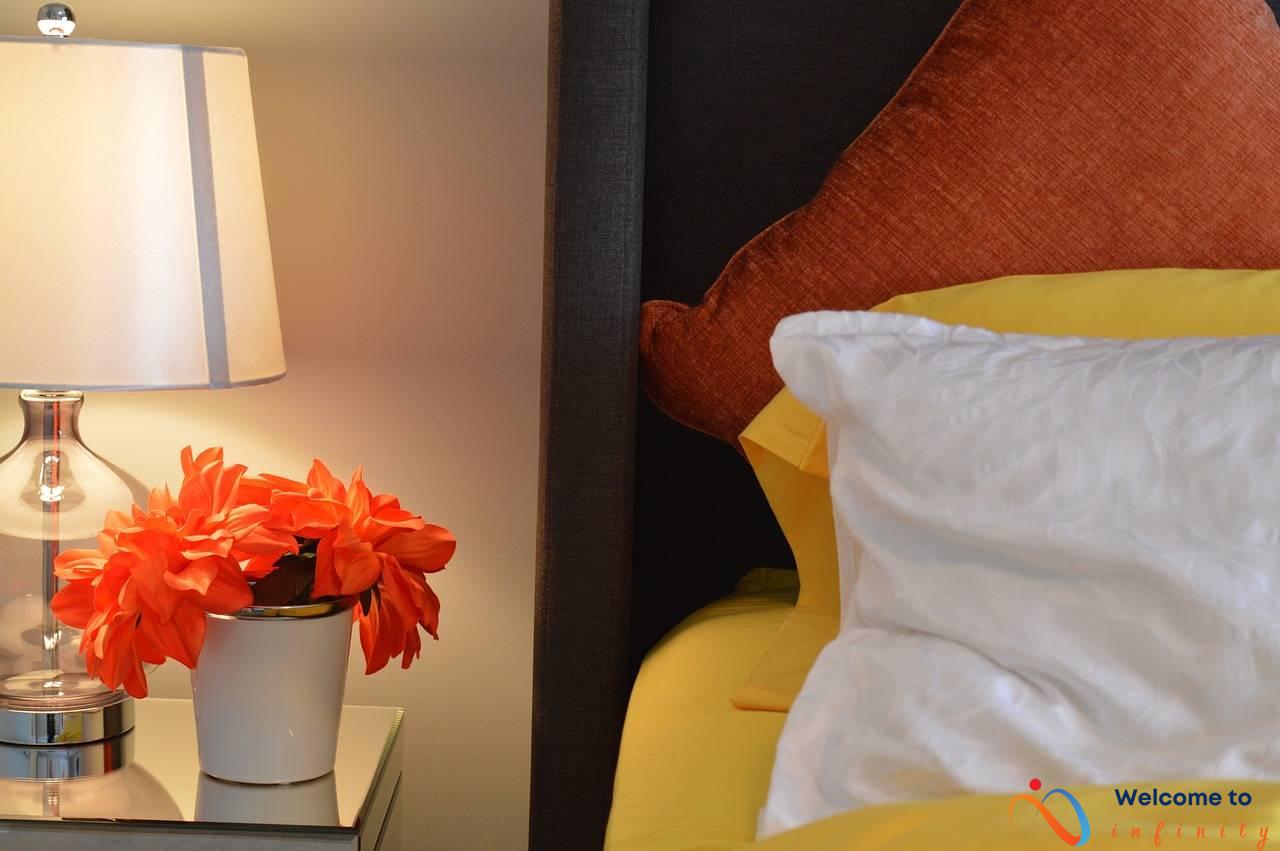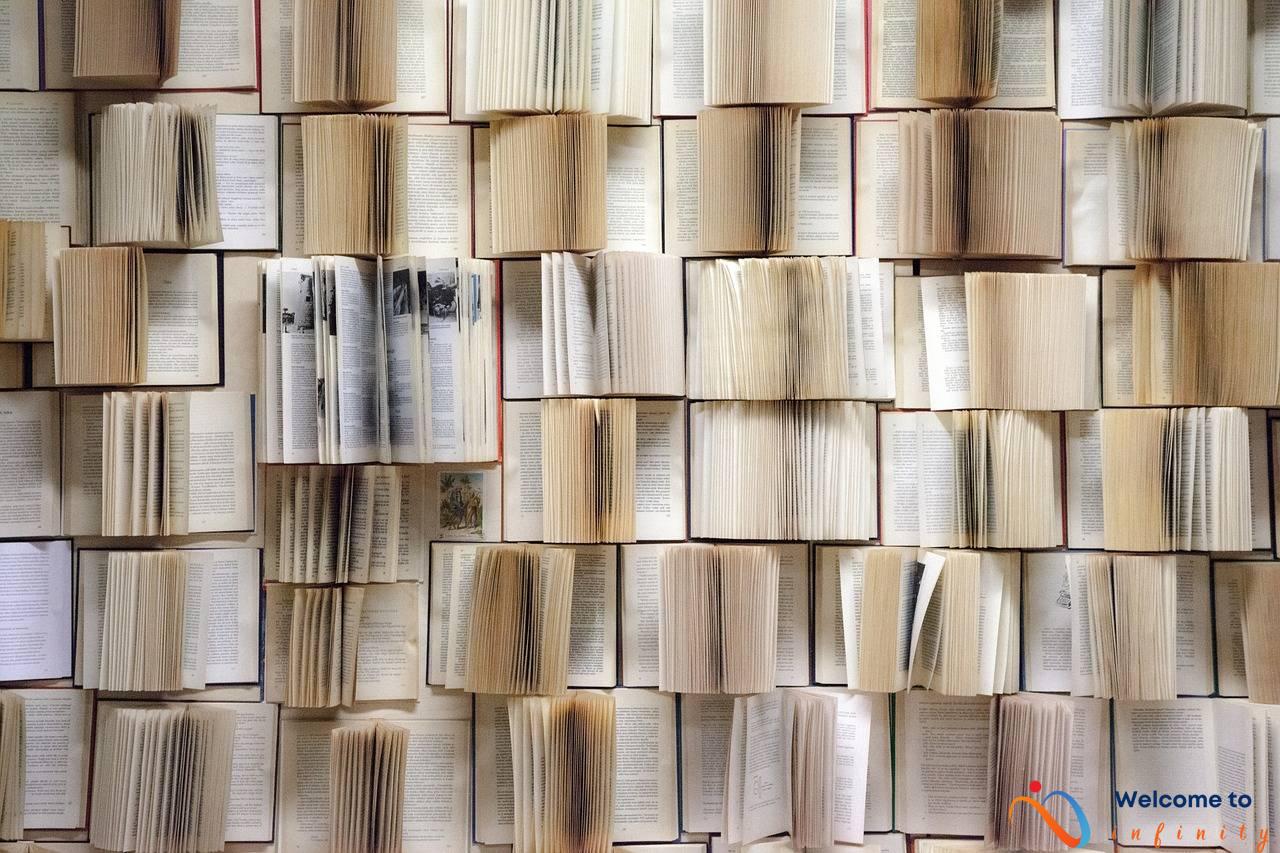If you're someone who loves fashion and experimenting with different styles, then mixing colors and patterns is definitely something you'll want to try. When done right, it can create a cohesive and stylish look that is truly eye-catching. But, if you're not quite sure how to pull it off without looking like a fashion disaster, don't worry! This article will teach you the art of mixing colors and patterns like a pro.
The key to successful mixing is to understand the basics of color theory. The color wheel is a great tool to use when creating color harmonies. While matching colors can create a monochromatic look, pairing complementary colors on the color wheel can create a bold and striking mix. For instance, mix blues with oranges or reds with greens. You can also mix analogous colors, which are the colors next to each other on the color wheel. For example, mix reds with pinks or blues with greens.
When it comes to patterns, it is best to start with simple patterns like stripes and polka dots. They can be mixed together or paired with a solid color that matches one of the stripes or dots. To create a more daring mix, try combining different patterns like florals and animal prints. Remember to keep the color palette in mind though. If the colors are too bold or contrasting, it can clash and create an overwhelming look.
To create a more cohesive look, consider playing with scale and texture. Mix a large-scale pattern with a smaller one or a patterned piece with a textured one. Additionally, if you're not ready to commit to a full-on mixed pattern outfit, start small by adding patterned accessories like a scarf or handbag.
Another way to elevate your outfits is by layering and accessorizing. Adding a jacket, vest, or cardigan can create visual interest and depth. And don't forget about accessories like statement jewelry or a printed bag. They can really make a difference in tying your look together.
So, go ahead and have fun experimenting with your colors and patterns. Always keep in mind the basics of color theory and try different combinations until you find what works best for you. Remember, fashion is all about self-expression, so don't be afraid to take risks and make a statement!
Understanding the Basics of Color Theory
Color theory is the study of how colors interact with each other. Understanding the basics of color theory is essential for creating beautifully balanced outfits. The color wheel is a helpful tool for identifying which colors work well together. The primary colors are red, blue, and yellow. Secondary colors, which are created by mixing two primary colors together, include orange, purple, and green.
There are several principles of color harmony, including complementary colors, analogous colors, and triadic colors. Complementary colors are opposite each other on the color wheel, such as blue and orange or green and red. Analogous colors are next to each other on the color wheel, such as yellow, green, and blue. Triadic colors are evenly spaced around the color wheel, such as red, blue, and yellow.
When mixing colors in an outfit, consider the color intensity, or saturation, and value, or brightness. High saturation colors are bright and vibrant, while low saturation colors are muted and subtle. High value colors are light, while low value colors are dark. Mixing a high saturation color with a low saturation color can create a balanced and cohesive outfit.
| Color Harmony Principle | Description |
|---|---|
| Complementary Colors | Colors opposite each other on the color wheel. |
| Analogous Colors | Colors next to each other on the color wheel. |
| Triadic Colors | Colors evenly spaced around the color wheel. |
Color theory can also be used to create a mood or convey a message. For example, red is associated with passion and energy, while blue is associated with calmness and stability. Think about the message you want your outfit to convey and use color to help communicate it.
Overall, understanding the basics of color theory can help you create beautifully balanced and cohesive outfits. Use the color wheel and principles of color harmony to guide your choices and experiment to find what works best for you.
Playing with Patterns
Playing with patterns can be a daunting task, but it's a great way to add interest and personality to your outfits. The key to successful pattern mixing is to choose patterns that complement each other and to balance them with solid colors.
One of the easiest ways to mix patterns is to pair stripes with other prints. Stripes are versatile and can be paired with almost any pattern. Try a striped shirt with a floral skirt or polka dot pants for a playful look. When mixing prints, it's important to choose patterns of different sizes. If you mix two patterns of the same size, they can clash and look busy.
| Stripes | Polka Dots | Florals | Animal Prints |
 |
 |
 |
 |
If you're feeling bold, try mixing florals with animal prints. This unexpected pairing is sure to turn heads. When mixing these two patterns, it's important to keep the color scheme in mind. For example, pair a leopard print top with a floral skirt that has a similar color palette.
Playing with scale and texture is another way to mix patterns. Try pairing a small polka dot print with a larger floral print, or a sleek animal print with a chunky knit sweater. This contrast creates visual interest and adds depth to your outfit.
Remember, pattern mixing should be fun and experimental. Don't be afraid to try new combinations and find what works best for you. With practice and a little confidence, you can master the art of mixing patterns and create eye-catching looks that are uniquely you.
Pairing Stripes with Prints
Pairing stripes with prints can be daunting for even the most fashion-savvy among us, but when done right, it can create a truly stylish and playful look. One way to mix these two patterns is by choosing a color scheme that ties them together. For example, a striped top with a floral skirt can work well if they share a color in common.
Another way to mix stripes and prints is to vary the scale of the patterns. Pairing small prints with large stripes or vice versa can make them complement each other without clashing. You can also use prints that have the same or similar shapes as the stripes you're wearing. For example, a striped shirt with polka dot pants can work well if the dots are small and spaced out.
When mixing stripes with prints, it's also important to consider the occasion and balance of the outfit. A bold-colored striped shirt paired with a loud printed skirt could be too much for a corporate setting. However, it could be perfect for a fun night out. Pairing a printed blazer with a striped dress can create a balanced look that works for both dressy and casual occasions.
- Tip 1: Choose a color scheme that ties stripes and prints together.
- Tip 2: Vary the scale of the patterns.
- Tip 3: Consider the occasion and balance of the outfit.
Ultimately, mixing stripes and prints is all about finding patterns that complement each other and your personal style. Don't be afraid to experiment and try different combinations until you find one that works for you. With these tips and a little creativity, you can master the art of pairing stripes with prints like a pro!
Mixing Florals with Animal Prints
Mixing florals and animal prints can be a little intimidating, but when done right, it can create a bold and unique outfit. The key is to keep everything balanced and not overwhelming. Start with a neutral base, like a solid black or white top or bottom, and then add one patterned piece. Pair a floral skirt with a leopard print top or vice versa. Just make sure to keep the colors within the same family. For example, if you choose a warm-toned floral, choose an animal print with warm tones as well.
Another way to mix florals and animal prints is to use accessories like scarves, shoes, or bags. For a more subtle look, choose a neutral shoe or bag with animal print accents. Or try wearing a leopard print scarf with a floral dress. It adds interest without being too loud.
If you're feeling brave and want to mix bold prints, try pairing a bright floral with a bold animal print. Just be sure the colors complement each other. For example, a yellow floral top with a red leopard skirt. And don't forget to accessorize with neutral shoes and bags to balance everything out.
In summary, mixing florals and animal prints can be a fun way to spice up your outfit, but remember to keep everything balanced and within the same color family. Try starting with a neutral base and adding one patterned piece or using patterned accessories for a more subtle look. And if you're feeling daring, go bold with bright prints, just make sure they complement each other.
Playing with Scale and Texture
Playing with scale and texture is an excellent way to add depth and interest to your outfit. When mixing patterns, it's important to consider the scale of each pattern and ensure that they complement each other. Patterns of different sizes can create a dynamic and interesting look. For example, pairing a large floral print with a smaller polka dot or stripe can look fantastic.
Texture is another important element to consider when mixing patterns. Mixing textures is a great way to add dimension to an outfit. Try pairing a textured cable knit sweater with a floral skirt or shoes with animal print texture. The combination of different textures can create a visually stunning outfit.
To mix patterns of different scales and textures, start by choosing one dominant pattern as your focal point. Then, choose complementary patterns that are smaller in scale or have a different texture. It's also important to consider the color palette of the patterns you are mixing. Using a similar color palette can help tie the patterns together and create a cohesive look.
When mixing patterns of different scales and textures, it's important to keep the rest of your outfit simple. Pair your patterned piece with solid colors in neutral tones to avoid overwhelming your outfit. Try adding a statement accessory such as a bold necklace or a pair of standout shoes to complete the look.
In conclusion, mixing patterns of different scales and textures can create a dynamic and interesting outfit. When mixing patterns, consider the scale, texture, and color palette to create a cohesive and stylish look. Remember to keep the rest of your outfit simple to avoid overwhelming your patterned pieces.
Monochromatic Mixes
If you're not ready to dive into mixing patterns just yet, monochromatic outfits can still pack a punch. The key to mastering this look is to mix different shades of the same color.
Start with a base piece, like a dress or pants, in a bold shade of your chosen color. Then add layers in lighter or darker shades, creating depth and interest. A simple way to achieve this is by incorporating different textures, like a chunky knit sweater paired with a silk slip dress.
If you're worried about looking too matchy-matchy, mix in accessories in a contrasting color to break up the monochrome. For example, if you're wearing a head-to-toe green outfit, add a pop of red with statement earrings or a bold lip.
Another way to approach monochromatic dressing is to stick to neutral shades, like black, white, or beige. While it may sound boring, mixing different textures can create a visually appealing outfit. Try layering a leather jacket over a chiffon blouse, or pairing ripped denim with a cozy knit sweater.
Pro tip: If you're struggling to find the right shades to mix and match, try using a color palette generator tool online. Simply input your base color, and the tool will generate a range of shades that work well together.
Add Layers and Accessories
Adding layers and accessories is the final step in the process of creating a cohesive and stylish outfit. With the right layers and accessories, you can enhance the overall look of your outfit and take it to the next level. Here are some tips on how to add layers and accessories to your outfit:
- Layering is a great way to add depth and texture to your outfit. Try layering a denim jacket over a flowy dress or a blazer over a t-shirt and jeans.
- When it comes to accessories, think of them as the finishing touch that completes your outfit. Add a statement necklace or a pair of bold earrings to elevate a simple outfit.
- Don't be afraid to mix and match different textures and prints when it comes to adding layers and accessories. A leopard print scarf paired with a denim jacket can create a fun and unique look.
- Belts are a great way to cinch in your waist and add definition to your outfit. Try a colorful belt over a plain dress or tunic to create a pop of interest.
Remember, accessories should complement your outfit, not overpower it. If your outfit is already quite bold, opt for more understated accessories such as stud earrings or a delicate bracelet. With the right layers and accessories, you can feel confident and put-together no matter the occasion.
Liven Up Neutral Outfits
If you tend to shy away from bold colors and patterns, neutral outfits may be your go-to. However, they can sometimes lack excitement and personality. Fortunately, there are ways to add pops of color and pattern to your neutral outfits to create a more interesting and stylish look.
One way to spice up a neutral outfit is by adding a pop of color. This can be done with accessories such as a colorful scarf or a statement necklace. A vibrant handbag can also add a fun touch of color to an otherwise simple outfit. Another option is to incorporate colorful shoes, like a pair of bright red pumps, to add a bold pop of color to an outfit.
Patterns are another way to liven up a neutral outfit. Start by adding subtle patterns, like a classic pinstripe or a simple polka dot, to your wardrobe. These patterns can be incorporated into your outfit through accessories like patterned scarves or belts. For a bolder statement, experiment with larger patterns like chevron, animal print, or floral. Mixing patterns can also add personality to an outfit. Just remember to keep the colors within the same family to avoid clashing.
Incorporating texture is another way to add interest and dimension to a neutral outfit. This can be done through materials like lace or embroidered details. A textured blazer can add depth and sophistication to a neutral outfit, while a denim jacket can offer a more casual and laid-back vibe.
Finally, layering is key to adding visual interest and depth to a neutral outfit. Play around with layering different fabrics and textures to create a cohesive and interesting look. For example, layer a sweater over a blouse or turtleneck and add a scarf for a pop of color and texture.
Overall, there are so many ways to add pops of color and pattern to your neutral outfits. Don't be afraid to experiment and have fun with your personal style!
Mixing Bold Colors and Patterns
Do you want to make a statement with your outfit? Mixing bold colors and patterns is the way to go. However, it can be challenging to mix and match them without looking like a circus act. Here are some tips to help you master the art of mixing bold colors and patterns.
First, start with a neutral base. This can be a white shirt, beige pants, or black shoes. This will balance out the boldness of the colors and patterns you'll be adding.
Next, choose one bold color and one bold pattern. For example, pair a red blazer with a leopard print scarf. This will add interest to your outfit without overwhelming it.
If you're feeling more daring, mix two bold colors and one pattern. For instance, pair a yellow dress with a blue and white striped blazer and a floral clutch. The key is to make sure that all three elements have at least one color in common.
Remember to keep the proportions in mind. If you're wearing a bold patterned blouse, pair it with solid colored pants or skirt. If you're wearing bold pants or skirt, pair it with a neutral colored top.
Finally, don't be afraid to accessorize. Bold colors and patterns can be intimidating, but adding a simple accessory like a statement necklace or a bold lip can help tie the whole look together.
Mixing bold colors and patterns is a fun way to express your individuality through fashion. Keep these tips in mind to create a stylish and vibrant outfit that's uniquely you.


